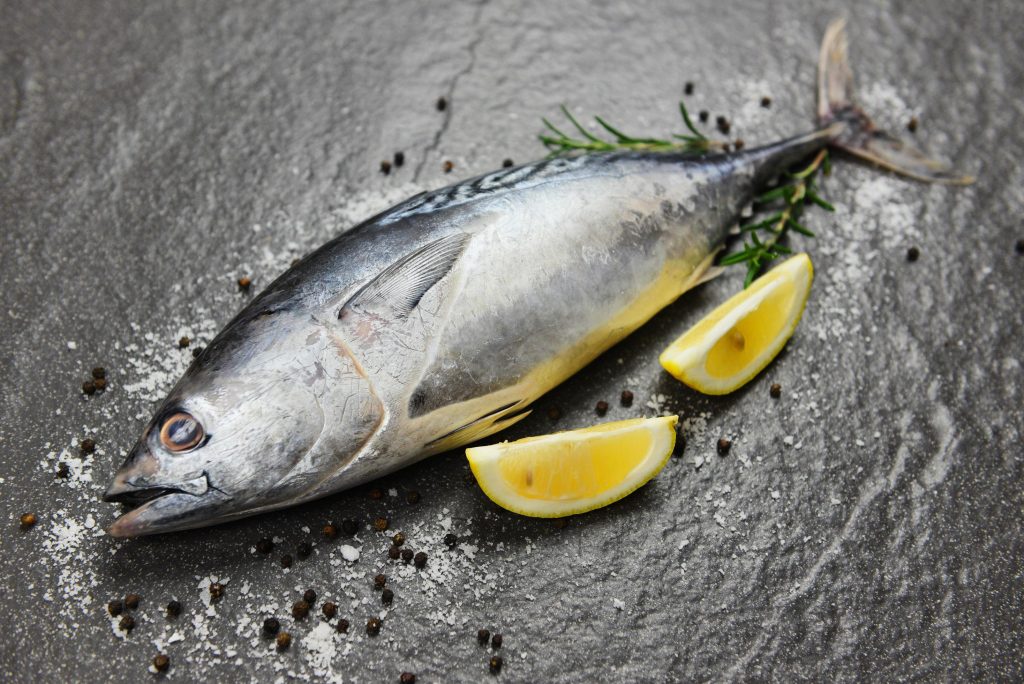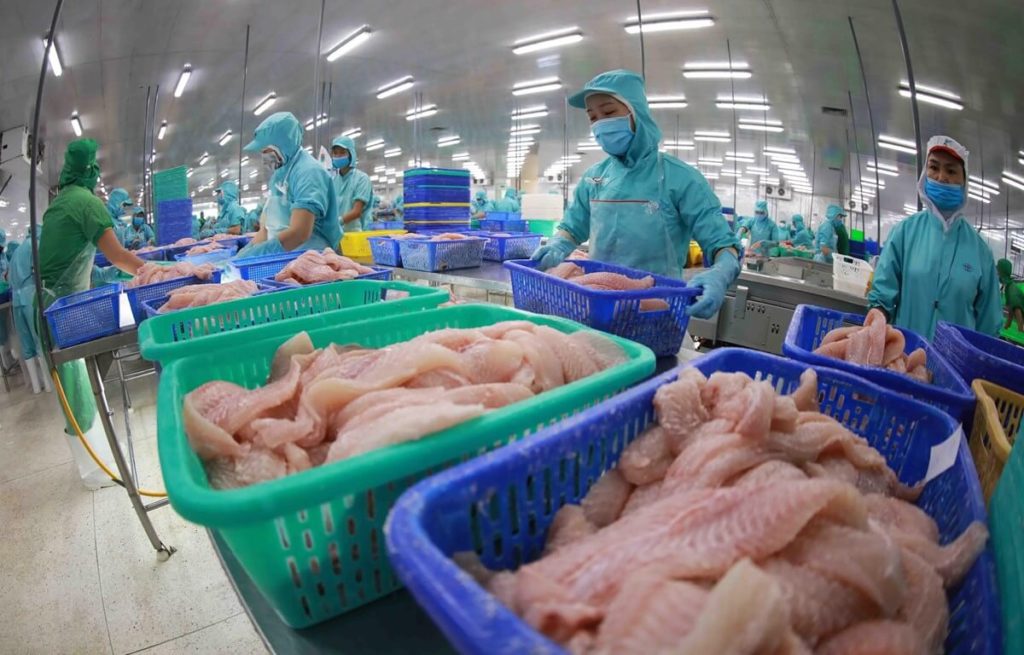( Overmolding vs Insert molding ) Overmolding is creating parts from two or more materials; it is also known as “in-mold assembly.” Overmolding is further divided into two separate processes, insert molding and multiple-shot molding. Insert molding is commonly used to add metal features to plastic parts. Do you know the difference between overmolding vs insert molding? Find out in this article.
Contents
- 1 What is overmolding?
- 2 Why choose overmolding?
- 3 What are the disadvantages of overmolding?
- 4 What is insert molding?
- 5 Why choose insert molding?
- 6 What are the disadvantages of insert molding?
- 7 Overmolding applications
- 8 Choosing between overmolding vs insert molding, or injection molding
- 9 Contact information:
What is overmolding?
Overmolding is a process where a single part is created using two or more different materials combined. Usually, the first material, sometimes called the substrate, is partially or completely covered by the material during manufacturing.
> > > Learn more: What is overmold? What are the applications of overmolding?
Why choose overmolding?
Overmolding is a flexible process that has many benefits, such as:
• Increased material flexibility – Overmolding allows designers to take advantage of the benefits of a wide variety of materials to create complex parts with different properties.
• No adhesive required – Overmolding allows different materials to be fused in the mold, eliminating the need for adhesives. This increases the overall durability of the part and reduces assembly costs.
• Embedded seal – Overmolding offers the option of molding soft seals into parts. This method saves the cost of permanently casting the seal.
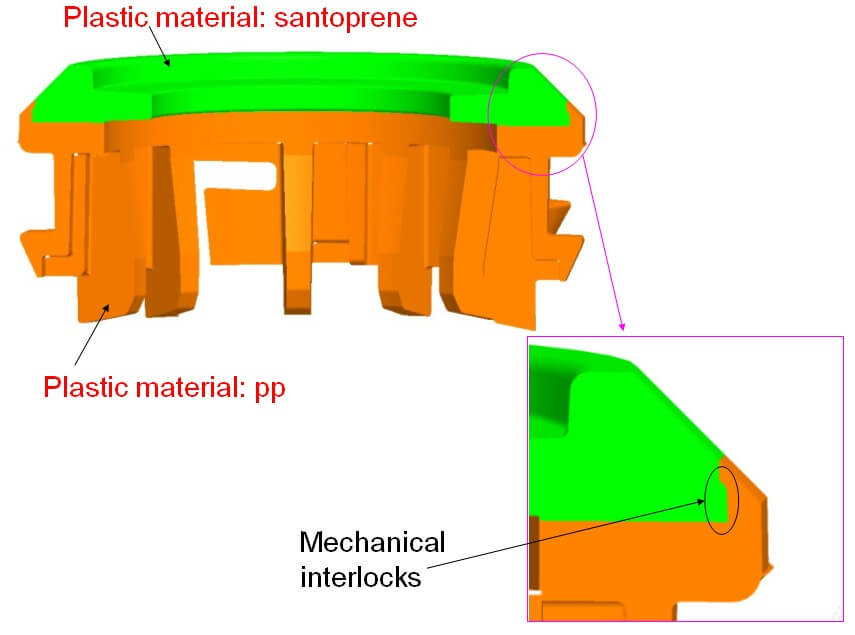
What are the disadvantages of overmolding?
While there are many benefits to the manufacturing process, there are a number of detrimental disadvantages:
• Multi-step process – Over-hardening parts are made in a two-step process. This increases production time, and therefore products made from insert molding machines are more expensive.
• Adhesion – Bonding two different materials together in an injection mold risks delamination. This usually happens if the temperature is not within the optimal range for the particular material combination. In some cases, mechanical interlocking locks may be required when materials cannot be firmly bonded together using heat.
> > > Maybe you should read: How does injection moulding machine work? What is it structure?
What is insert molding?
Insert molding is the process of molding or shaping plastic parts around other parts. The inserted component is usually a simple object, but in some cases, insert molding can be as complex as a battery or motor.
Furthermore, insert molding combines metal and plastic or combines materials and components into a single unit. This process uses plastic engineering to improve wear resistance and durability, reduce object weight, and use metallic materials and electrical conductivity.
Multiple-shot molding is used to create plastic parts from materials such as polypropylene and silicone rubber, to improve external properties such as impact resistance.
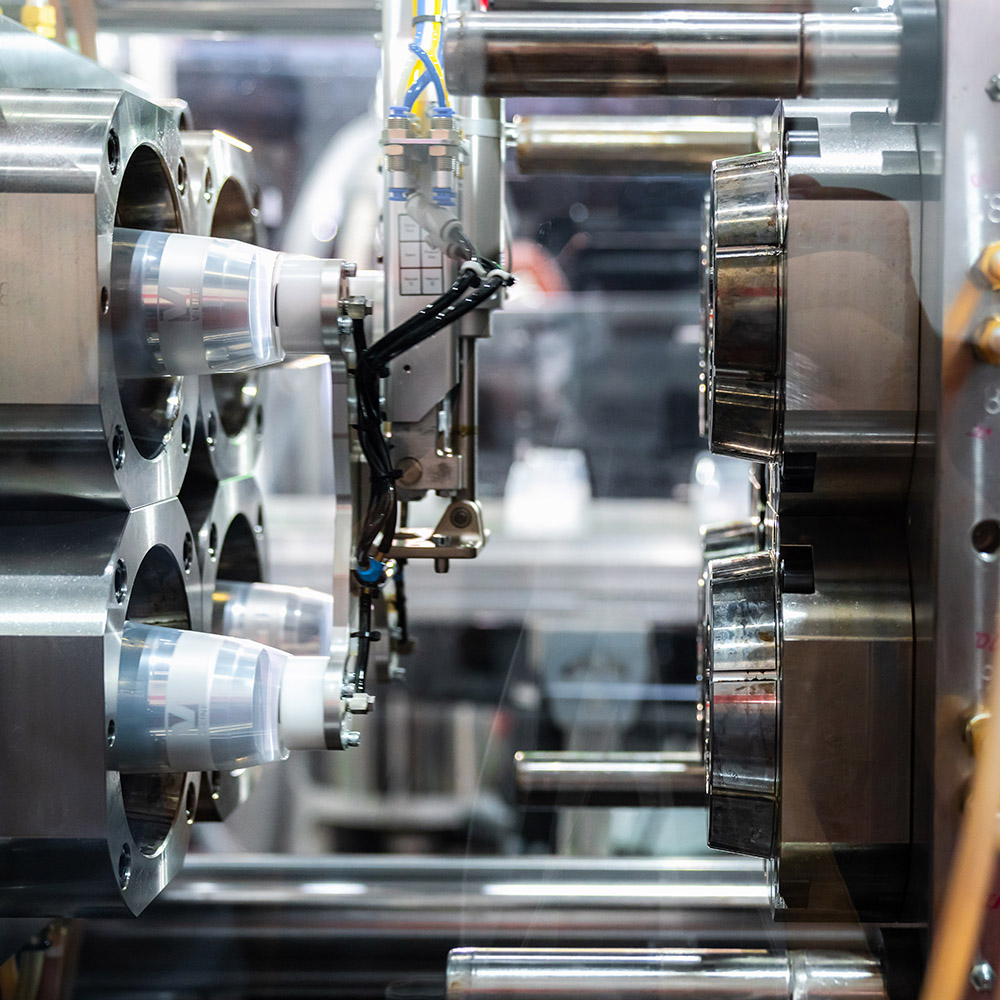
Why choose insert molding?
Insert molding is a flexible process that has many benefits:
• Reduced assembly costs – An insert molding machine can produce products in bulk, contributing to the financing of large-scale production facilities. Such economies of scale can make significantly reduce the cost of individual parts.
• Increased product performance – Plastic products are less durable than their metal counterparts. However, plastic products offer benefits such as reduced costs, outstanding design flexibility, and lighter weight. Combining both metal and plastic materials into one part can take advantage of both. Metal inserts can be used where strength and rigidity are needed, and the rest of the part can be made of plastic to reduce weight. Furthermore, plastic parts don’t fare well against wear and tear, and metal inserts add an element of durability to the details to withstand any cyclical load.
> > > Learn more: Method of using brine injector for meat
What are the disadvantages of insert molding?
While there are many benefits to using insert molding, some disadvantages should be considered before choosing to use this manufacturing process.
• Multiple manufacturing technologies – Insert molding machine can include a 2-step manufacturing process. If the inserts are a custom design and not off-the-shelf parts, they will need to be manufactured using a metal forming process such as CNC machining.
These metal forming techniques are typically much more expensive than fully similar injection molding processes. In some cases, metal parts can be manufactured through die casting or MIM (metal injection molding).

This can reduce the overall cost of the metal insert but cannot eliminate the increased cost of the molded part because parts with metal inserts will typically be more expensive than a plastic-only part.
• Increased part complexity – If a custom-made metal insert is required, the designer must know the design principles of manufacturability (DFM) of both technologies and understand how best to integrate these technologies into a single practical unit.
Overmolding applications
Overmolding is a standard manufacturing method for manufacturing connectors and electronic sockets, providing soft grips on many hand tools such as screwdrivers, surgical instruments, and more.
Multi-shot overmolding has many applications in high volume personal products such as toothbrushes and disposable. It is helpful in many higher-value products, such as medical instruments, where it can enhance grip, cleanability, moisture resistance, etc.
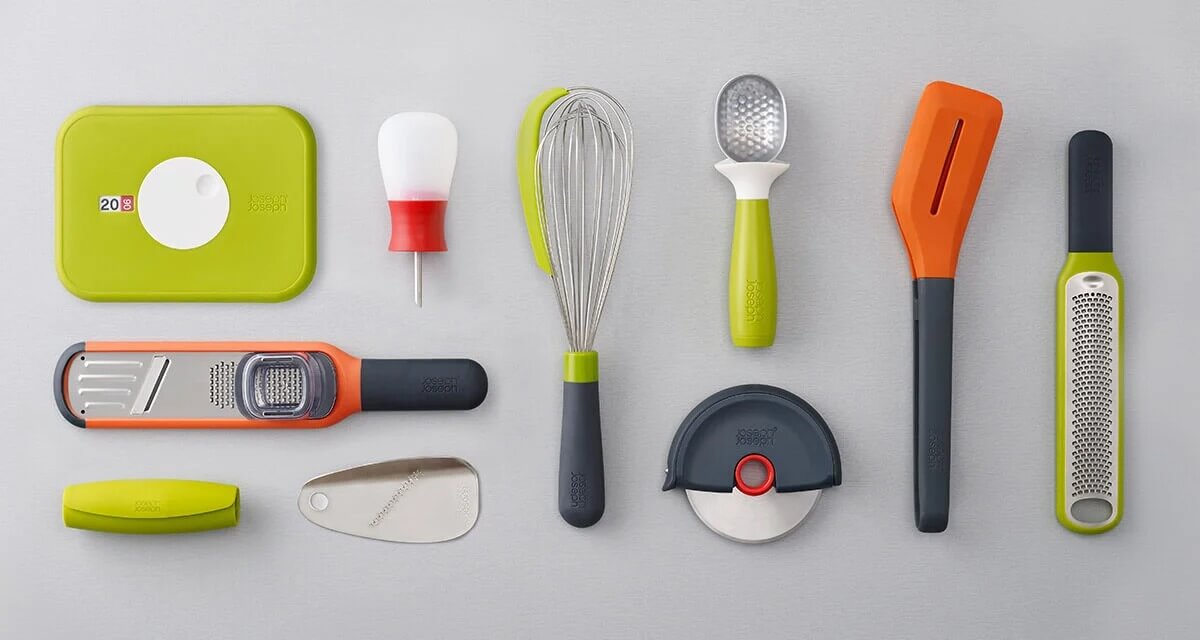
Delicate electronic circuits can be overprocessed using a two-step process, first encasing the circuit in low-melting-temperature plastic and then adding a higher-temperature protective shell. Automakers use this assembly process to reduce the need for additional assembly steps that require the use of adhesives.
Choosing between overmolding vs insert molding, or injection molding
Injection molding, which includes the sub-processes of insert molding and overmolding, is a flexible and low-cost manufacturing process used in the majority of consumer products. Injection molding typically offers the lowest cost per part when compared to other manufacturing techniques like CNC machining and even 3D printing.
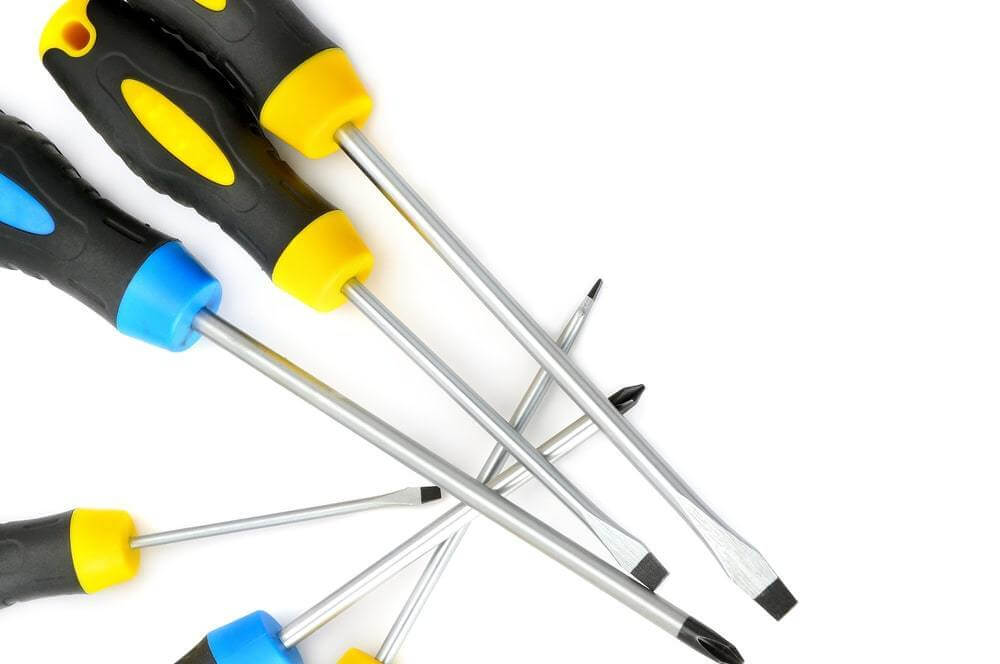
After selecting an injection mold for a particular application, the next step is usually to use insert molding, overmolding using only the conventional injection molding method. When trying to weigh the advantages of processes, it is important to define the correct product application. Each of these processes has specific use cases suitable for different types of products.
This article has presented the differences and applications between overmolding and inserts molding. For more information on related products, please refer to our other blog or visit BNT Machinery for details on specific products.
Contact information:
Address: No. 233, 23/10 Phuong Son Ward, Nha Trang City, Khanh Hoa
Hotline: 0905 361 004
Email: bntbaonam@gmail.com
Website: bnt-machinery.com
Fanpage: BNT Machinery

